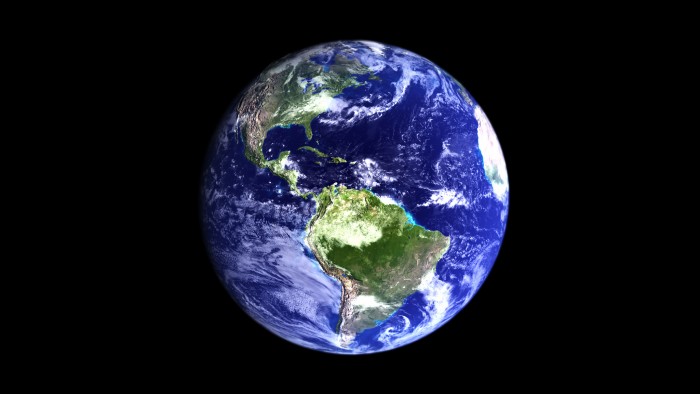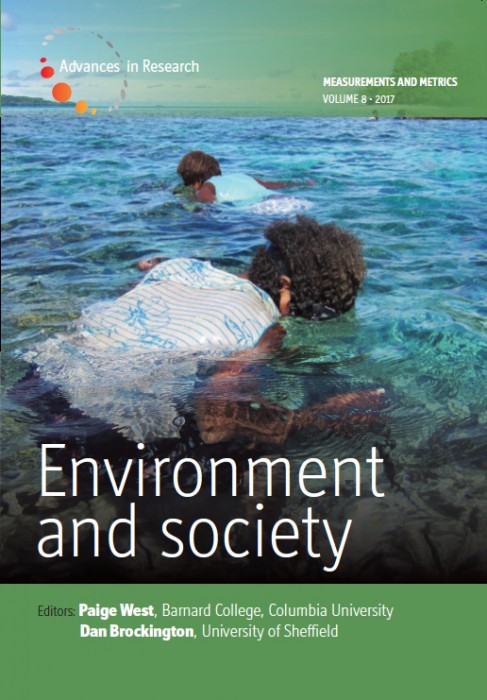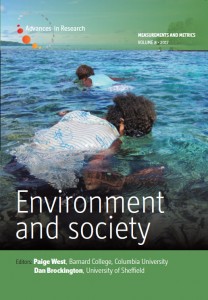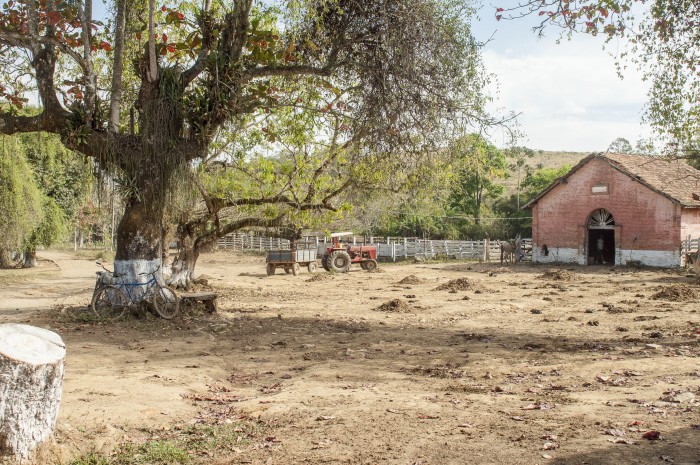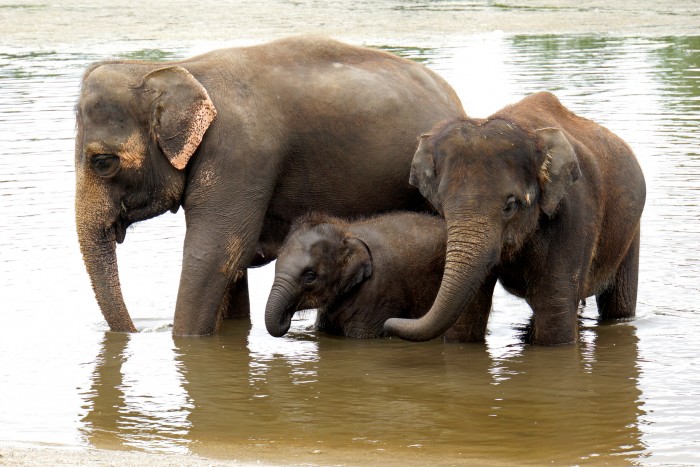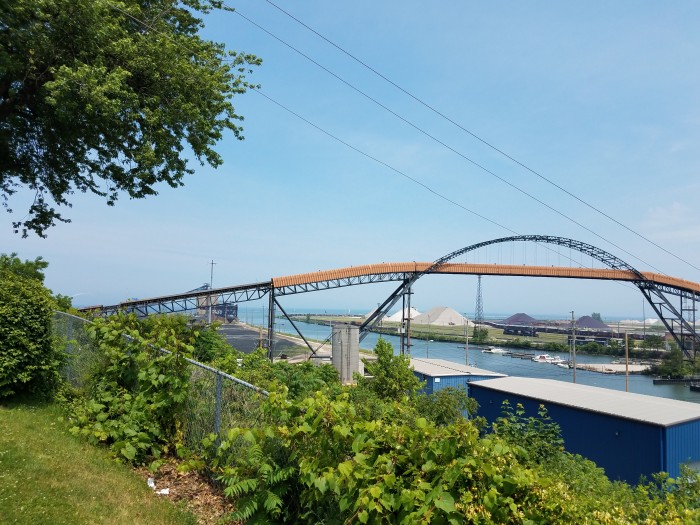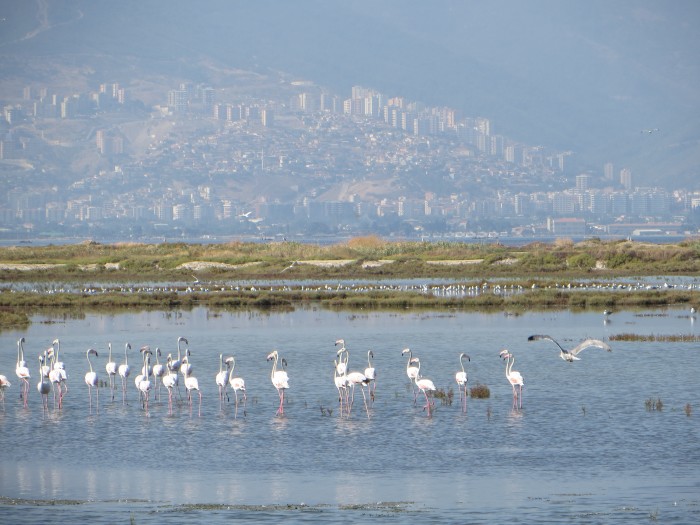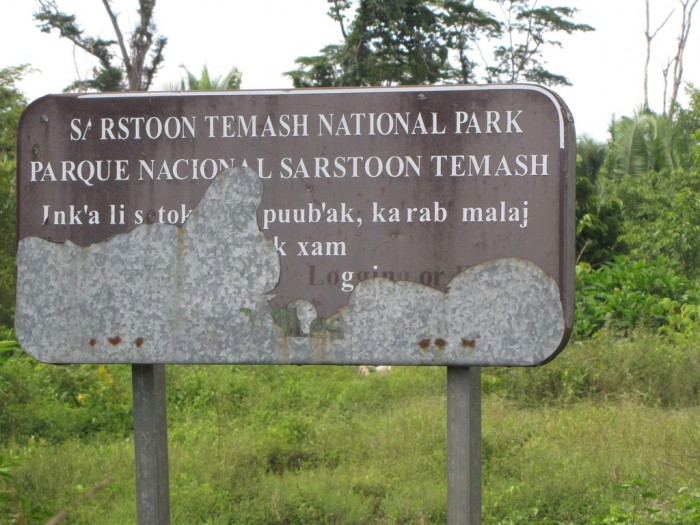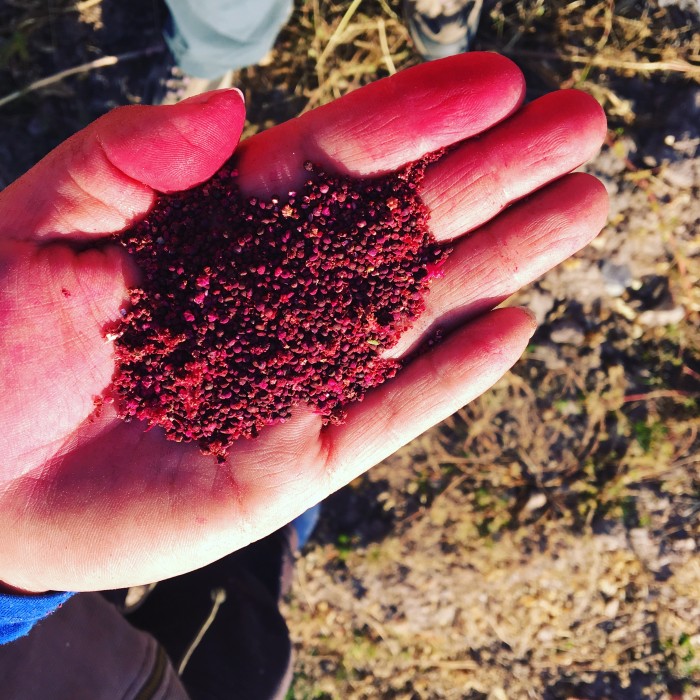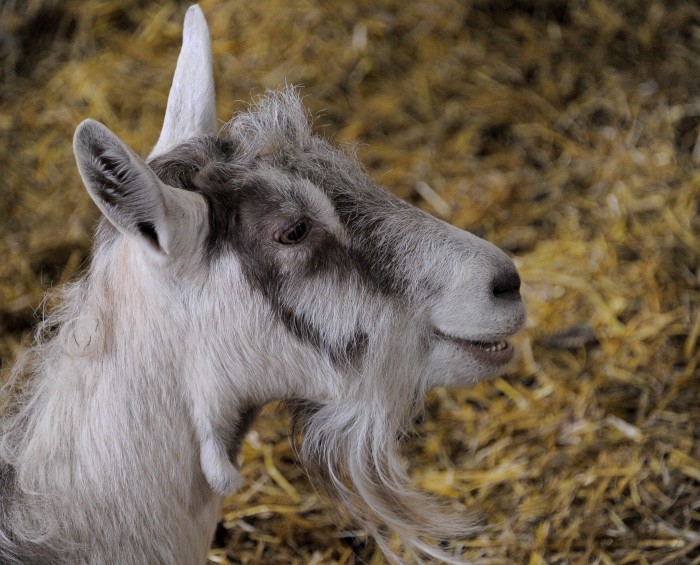The latest Environment and Society featured article is now available! This month’s article—”Beyond the Anthropocene: Un-Earthing an Epoch”—comes from Volume 6 (2015). In their article, Valerie Olson and Lisa Messeri examine the Anthropocene’s emerging rhetorical topology, showing that Anthropocene narratives evince a macroscale division between an “inner” and “outer” environment.
Visit the featured article page to download your copy of the article today before it’s gone! A new article is featured every month.
Read More “New Featured Article!: “Beyond the Anthropocene””
